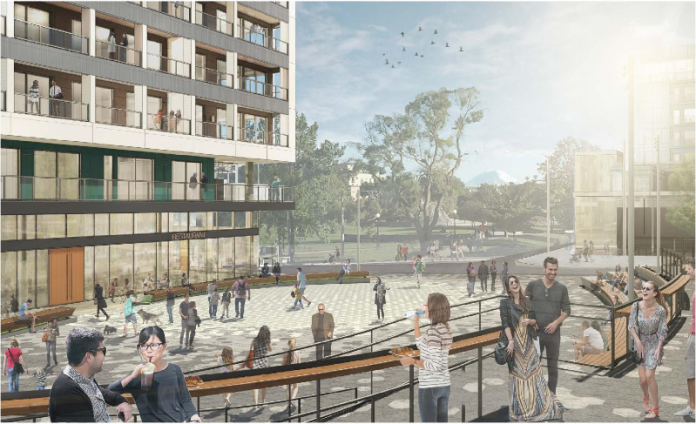Last week the East Design Review Board threw a wrench in plans to begin construction on the complex planned around Capitol Hill Station when they declined to recommend any part of the project, including Capitol Hill Housing’s planned 110 affordable homes on the B-North site. Board members voiced a variety of concerns, from Kenny Pleasant’s objections to color palette to the chair Curtis Bigelow’s concerns about the location of the daycare on Broadway, which he found to be in poor taste or perhaps dangerous.
There was also Bigelow’s feeling that the building just hadn’t reached a high enough pinnacle of greatness. “This is a really good building. I think we were expecting it to be a great building,” Bigelow said, as quoted by Brandon Macz in Capitol Hill Times.
Capitol Hill Housing’s Communications Manager Ashwin Warrior said not getting the recommendation last week will certainly delay completion of the affordable housing and increase costs on the non-profit.
“We anticipate this recent setback delaying the project by at least eight weeks,” Warrior said in an email. “Just like any developer, we suffer the costs of project delays in the form of things like interest on pre-development loans, added design costs, and increases in construction costs (via materials and labor).”
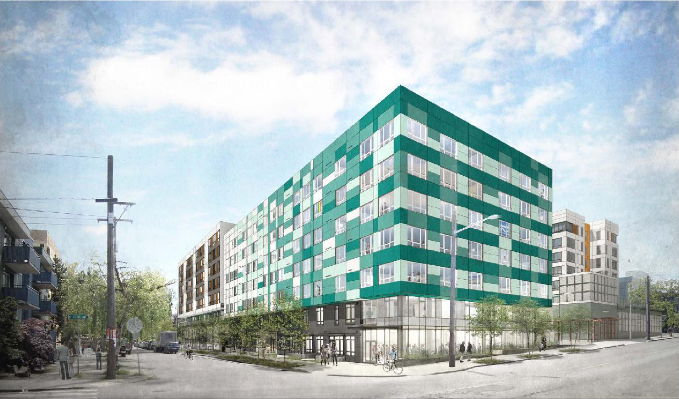
This project’s delay will also cause the community, particularly the housing insecure, to suffer, Warrior argued. “It is a shame that after years of the community working to bring this project to fruition, we will see an even further delay of the creation of desperately needed affordable housing,” he said.
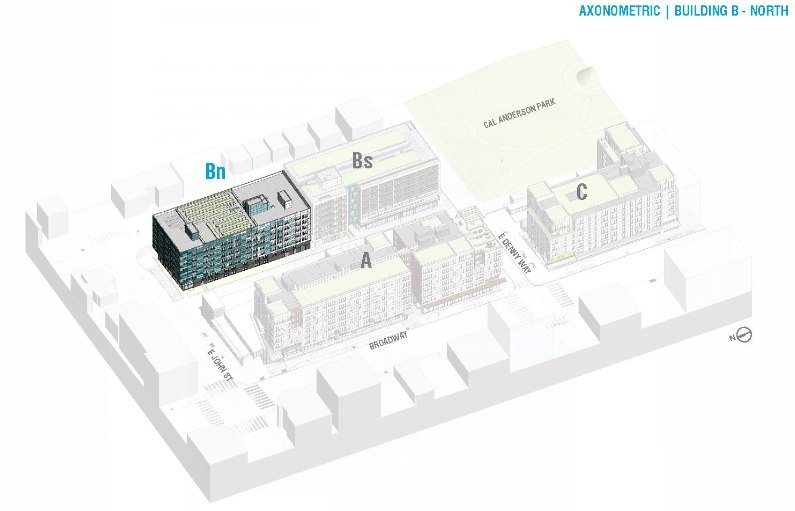
While the East Design Review Board weighed in on things like the siting of the daycare in the eleventh hour, details like that had been in negotiation for many years through an extensive community process.
“The Capitol Hill light rail station project has had years of deep community involvement dating back to at least 2010 and the Urban Design Recommendations developed by Schemata Workshop,” Warrior said. “In March 2010, the Capitol Hill Champion was established to represent the community in negotiations with Sound Transit. The Champion’s work was essential in creating a process for selecting the developer and arriving at the current design, which is largely informed by Sound Transit’s Coordinated Development Plan and original RFP [request for proposals].”
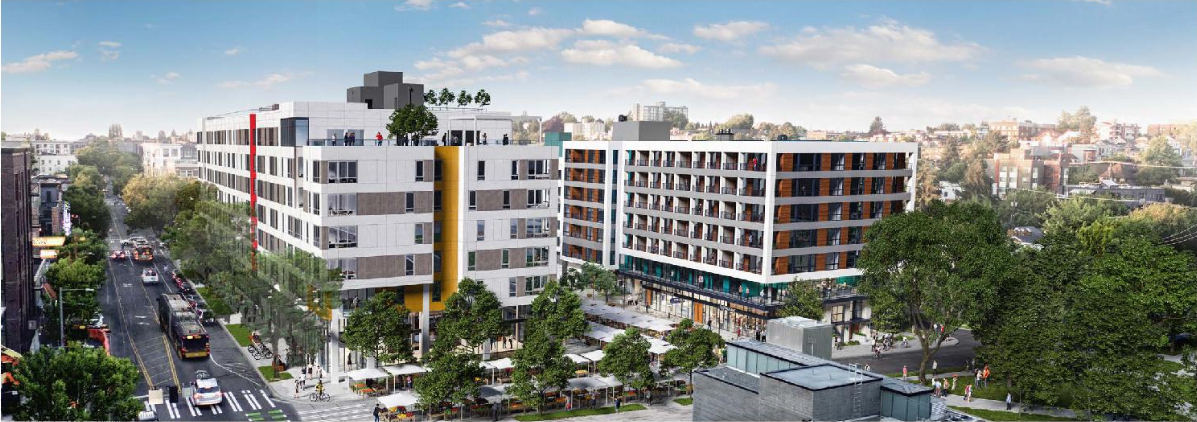
About That Daycare
Chair Bigelow’s concerns about siting a daycare on Broadway show a lack of familiarity or at least deference to the history of the project when dealing with site constraints.
“The daycare was originally proposed to be at the B-North site, but was moved to site C because of a requirement that the daycare have a private play area, something that couldn’t be accommodated at the B-North site,” Warrior said.
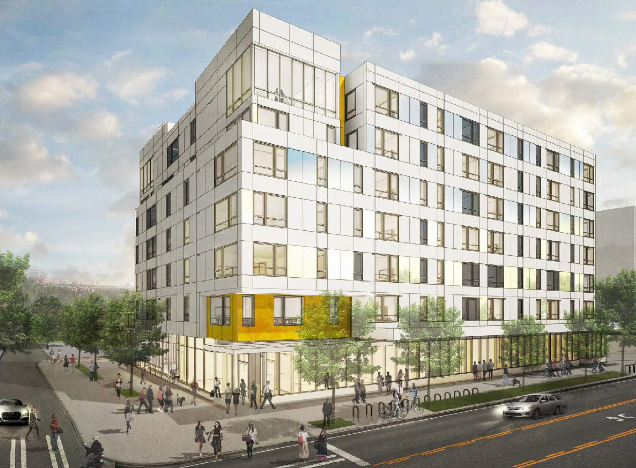
Moreover, not wanting a daycare to be on Broadway–which historically was associated with mischief and grunginess–perhaps speaks to an obsolete thinking. In fact, a preschool, Harvard Avenue School, is located literally three blocks to the west. The boardmembers interest in additional Broadway storefronts might be nice in an alternate universe, but in this one the developer is obligated to build a daycare and limited in where it can fit it.
“We were disappointed that the Design Review Board did not appear to factor the nearly decade-long community process into their decision or weigh the support of community organizations like the Capitol Hill Champion, Pike Pine Urban Neighborhood Council, and Capitol Hill Chamber of Commerce,” Warrior said. “We will return before the Design Review Board on October 11th, at which point we hope to have addressed their concerns about color and residential character of the B-North site.”
At the design review meeting, Brie Gyncild with Capitol Hill Champion said daycare service is in high demand and this project could help serve that desperate need.
The Market-Rate and MFTE Portion
It’s not just Capitol Hill Housing’s buildings; delaying approval of the rest of complex also means delaying affordable homes. At least 21% of the remaining 318 apartments in the three other sites will be affordable through the Multi-Family Tax Exemption (MFTE) program. That’s approximately 67 homes affordable and restricted to households below 75% of area median income for one bedrooms (slightly higher for two and three bedrooms).
One area Gerding Edlen did show responsiveness was to the board’s request from early design guidance to reduce parking (for our part, we suggested no parking was necessary). The board asked for the early design’s 334 parking stalls to be reduced to about 260, and the developer did even better and now proposes 216 stalls across the sites. Here’s how each building was rendered–which ultimately proved not enough–at the meeting:
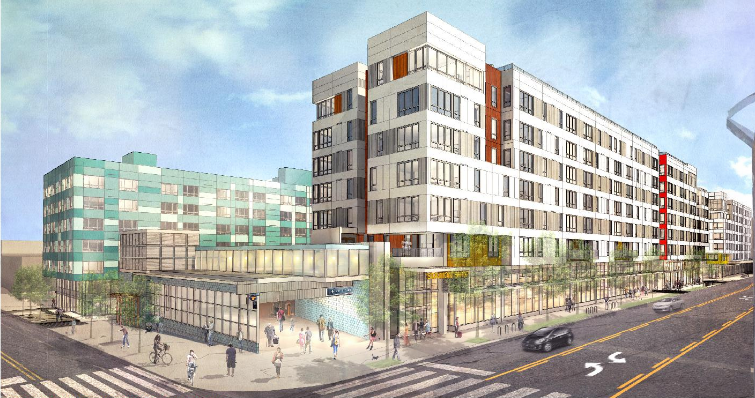
- Site A would include 150 homes (21% of them affordable) and 22,865 square feet of retail.
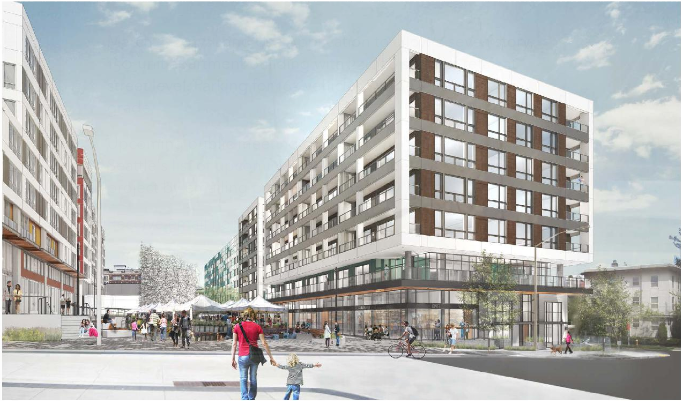
- Site B-South would include 74 homes (21% of them affordable) and 3,000 square feet of retail.
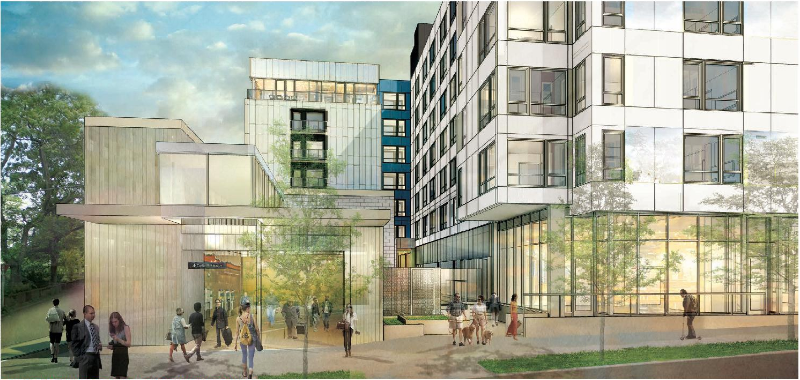
- Site C would include 94 homes (22% of them affordable) and almost 12,000 square feet of retail.
Same Board Will Decide Fate of Madison Valley PCC Complex
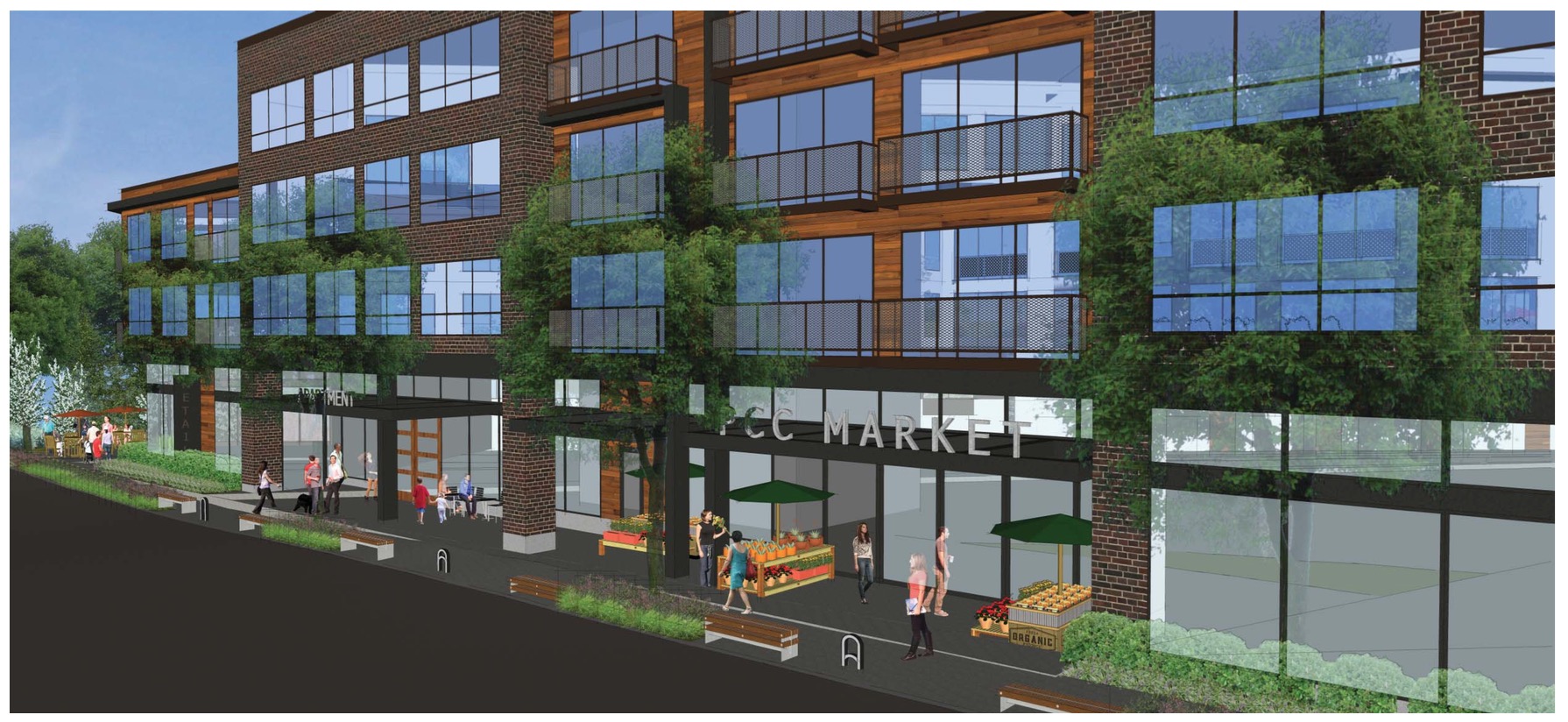
The East Design Review Board is the same board that put a proposal for a Madison Valley PCC Market (2925 E Madison St) through the ringer, bowing to pressure from neighbors who formed a group called Save Madison Valley. The project needed three design meetings just to clear Early Design Guidance, and even then just barely. Its fourth meeting on September 13th is set to be a showdown to gets its final design recommendation and thus its Master Use Permit. Save Madison Valley worries what a grocery store with 82 apartments attached within a short walk of the northeastern terminus of the soon-to-be-built RapidRide G–also known as Madison BRT (bus rapid transit)–means for the neighborhood. Sounds like an improvement to me.
Pro-housing advocates are gearing up for the project’s next design review and hoping to turn out numbers in support. They’ll go up against Save Madison Valley, who hired the help of architect Peter Steinbrueck to make their case at previous reviews. Steinbrueck is a former Seattle City Councilmember and presently a candidate for Port of Seattle Commission Position 4. We endorsed Preeti Shridhar in that race.
An Argument For Design Review Reform
The delay add costs on Capitol Hill Housing at a time of great need when the non-profit is attempting to stretch funds to develop a number of other projects (such as the Liberty Bank Building that recently broke ground). Luckily, the design review reform package that the Seattle City Council is contemplating could help avoid costly delays to affordable housing projects like this in the future.
“The situation is a perfect argument for the Mayor’s proposed changes to the design review program, which would allow affordable housing projects to go through the administrative design review process, speeding up the production of affordable homes in our city,” Warrior concluded.
Design review reform might not have helped the other 318 apartments, though, since they’re large enough to trigger full review. That may suggest the reform should go further if we want to avoid capricious delay.
Doug Trumm is publisher of The Urbanist. An Urbanist writer since 2015, he dreams of pedestrian streets, bus lanes, and a mass-timber building spree to end our housing crisis. He graduated from the Evans School of Public Policy and Governance at the University of Washington in 2019. He lives in Seattle's Fremont neighborhood and loves to explore the city by foot and by bike.

